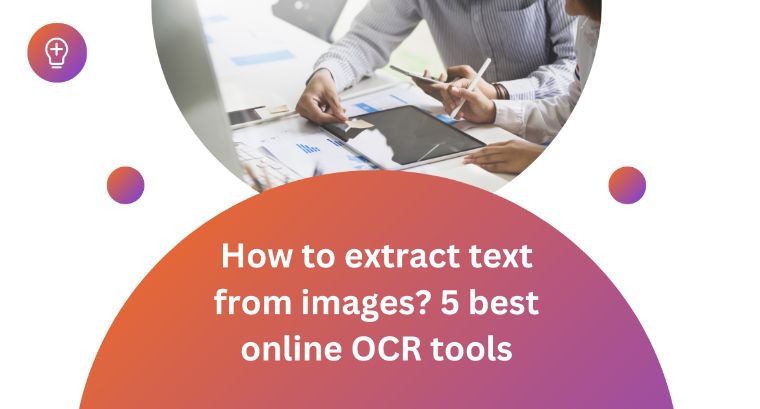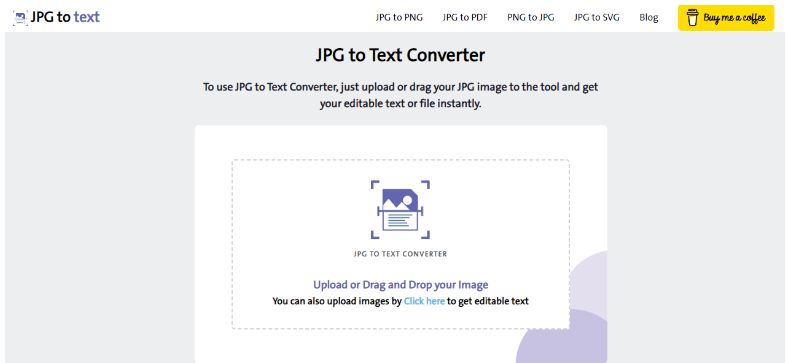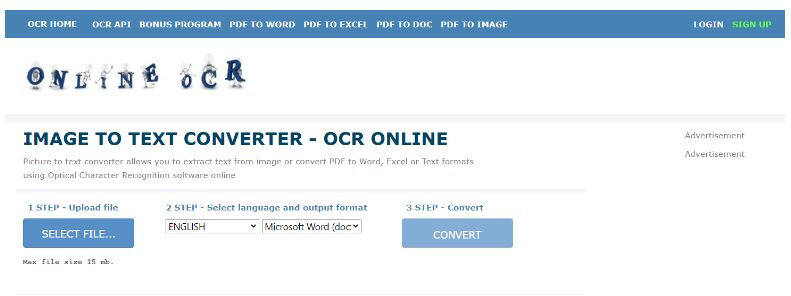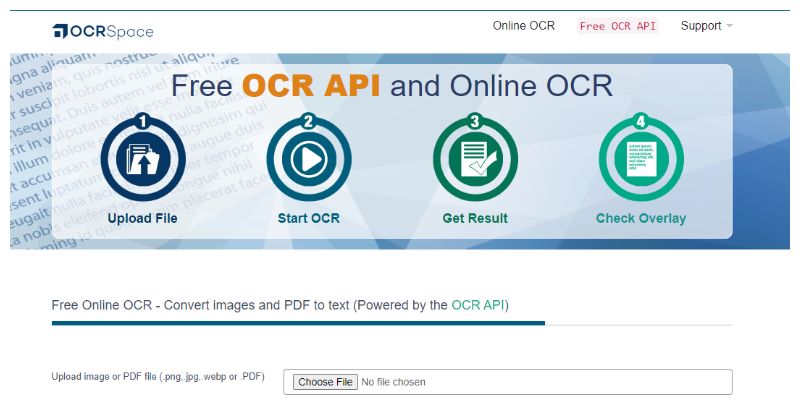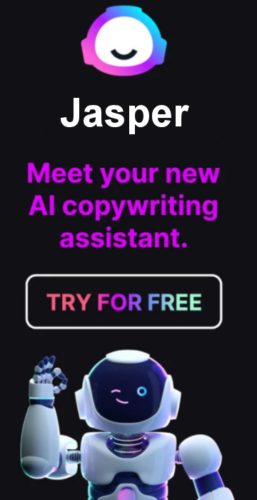Text extraction from images has become an increasingly important task in various industries, especially in fields such as document digitization and information retrieval. The process involves converting images containing text into machine-readable text data, allowing for easy storage, search, and analysis.
Before starting the text extraction process, it is important to prepare by acquiring the right images and ensuring that they are in a format compatible with the software being used. The software and hardware requirements also need to be taken into consideration. In this article we will describe role of OCR technology and OCR tools for text extraction.
Methods of text extraction
There are two main methods of text extraction: Optical Character Recognition (OCR) and human-assisted text extraction. OCR involves the use of computer algorithms to recognize text characters and convert them into machine-readable data. Image pre-processing, such as image binarization and de-skewing, can be used to improve the accuracy of OCR. In human-assisted text extraction, a person manually transcribes the text from the image.
What are OCR tools?
OCR (Optical Character Recognition) tools are software programs that use computer algorithms to recognize and extract text from images and convert it into machine-readable data. OCR technology analyzes an image, identifies the characters in it, and converts the character images into digital text that can be processed, stored, and analyzed by computers. OCR tools are widely used in various applications, including document digitization, information retrieval, and business process automation.
Importance of OCR tools
OCR tools are important for businesses and individuals who need to digitize large volumes of paper-based information. They are also useful for people who work with scanned documents and need to edit or search the content. OCR tools make it possible to automate the process of digitizing information, which is time-consuming and error-prone when done manually.
Challenges while Extraction
There are several challenges and limitations to text extraction from images, including issues with image quality, complex text formatting, language recognition, and complex image layouts. Despite these challenges, the field of text extraction from images continues to evolve and improve, offering new and exciting possibilities for information retrieval and analysis. But here we will discuss the best OCR tools that will make your process easy and produce efficient results.
5 best online OCR tools
JPG to Text
JPG to text is a tool that allows you to convert JPG images into editable text. This tool uses Optical Character Recognition (OCR) technology to recognize the text in the image and convert it into a digital format that can be edited and searched. It supports multiple languages and is the only tool which offers all features free of cost.
Small PDF
SmallPDF is an online OCR tool that allows users to convert scanned images and PDFs into editable text. The tool supports over 50 different languages and can recognize both printed and handwritten text. It is easy to use and offers a simple interface for uploading and converting documents. SmallPDF include its ease of use, wide language support, and accurate recognition of text.
Online OCR
Online OCR is a free online OCR tool that allows users to convert scanned images and PDFs into editable text. The tool supports over 60 languages and can recognize both printed and handwritten text. It is easy to use and offers a simple interface for uploading and converting documents.
OCR Space
Free Online OCR tool that allows users to convert scanned images and PDFs into editable text. The tool supports over 30 different languages and can recognize both printed and handwritten text. It is easy to use and offers a simple interface for uploading and converting documents. Free OCR include its wide language support and ease of use.
Comparison of the Five OCR Tools
Accuracy
All of the online OCR tools on this list are capable of accurately recognizing text, but there may be differences in the accuracy of recognition based on the language and type of text being recognized.
User-friendliness
SmallPDF, Online OCR, and Free OCR are known for their ease of use and simple interfaces. OCR Terminal may offer more advanced features but may be less user-friendly for those who are new to OCR technology.
Available features
Each of these OCR tools has its own unique set of features. For example, Adobe Scan includes advanced image processing capabilities and the ability to save scans directly to Adobe Document Cloud, while SmallPDF and Online OCR offer wide language support.
Cost
Online OCR tools can vary greatly in cost. SmallPDF, OCR Terminal, and Free OCR offer free versions, while Adobe Scan requires a mobile device or Adobe subscription to use the full range of features. Online OCR offers a free version with limited features, or a paid version with more advanced capabilities.
Conclusion
There are many online OCR tools available, each with its own set of features, pros, and cons. It is important to evaluate the options carefully before choosing the right OCR tool for your needs.
When choosing an OCR tool, it is important to consider factors such as accuracy, user-friendliness, available features, and cost. For those who need a simple, easy-to-use OCR tool with wide language support, SmallPDF or JPG to Text may be the best option.
About the Author:
The SEO-Alien is a project started in 2009 regarding all things online marketing. The site started out more of a diary of predictions, suggestions and references to things I frequently used for online marketing... before social media marketing was even an option.
I hope you find the information and tools presented here useful and something worth sharing with others.
If there is anything else about online marketing or any online advertising strategy you think would be helpful, please let me know.

